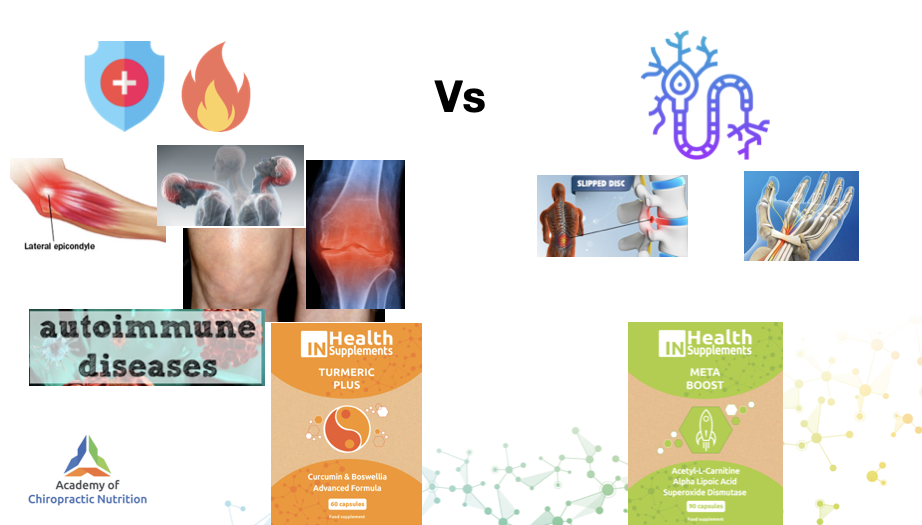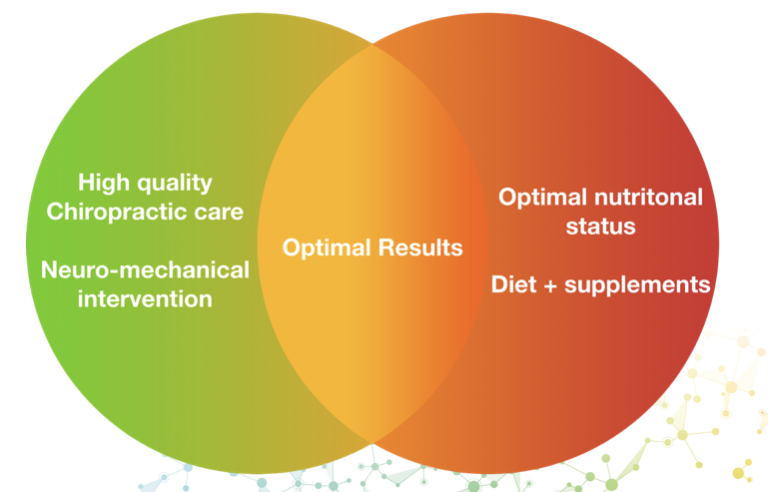Hot off the press this week I want to share with you that the rest of the world is catching up with ACN and IN Health supplements.
Scientists are combing boswellia (as phytosome, CASPEROME, which is what we use in TURMERIC PLUS) and ALA and SOD for a summation effect, just like we talked about on the webinar 2 weeks ago.
In fact, they are using even more than that, they are adding in bromelain and B vitamins and vitamin D, it sounds like me in clinic!
Albeit they are using it to reduce pain and swelling after breast cancer surgery.

Note in the study they refer to the Caspersome Boswellia and Bromelain as CBB. And the ALA, SOD, B vits and D as “neurotrophic agents”.
And that is exactly how I see them.
Turmeric and boswellia are specifically to reduce inflammation, that can lead to pain and swelling from many different tissues from many different causes.
Meta Boost with carnitine, ALA and SOD, is especially good at working on nerves to raise the pain threshold. It does also reduce inflammation indirectly via its improved efficiency of mitochondria.
So, the deal is if patients are in chronic pain (or acute), then ideally we use both together.
But if that is not possible, in general, if the pain is directly coming from a nerve ie disc lesion, carpal tunnel etc, then I will use Meta-Boost if I can’t use both.
Conversely, if the pain is primarily being driven by inflammation, if I had to pick one, I would go for Turmeric PLUS (because it is an easier sell, patients know what Turmeric is).

So in the study, Boswellia and Bromelain with ALA/SOD/B vits/D together are GROUP A.
GROUP B is the Boswellia and Bromelain without the neurotropic agents, ALA/SOD/B vits/D.
GROUP C is the placebo.
Check the results (note the % are in brackets)

I know we don’t do breast surgery, but the principle is spot on and if they can get results like that relative to placebo, why not for your patients after any surgery or acute or chronic pain as part of an INTEGRATIVE package of care?

It is 2025 people, we have the technology and the science, use it – how’s that for EVIDENCE INFORMED CARE?
